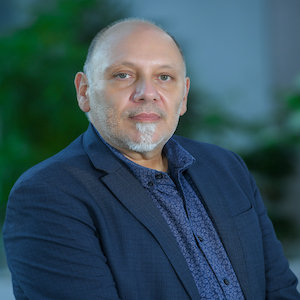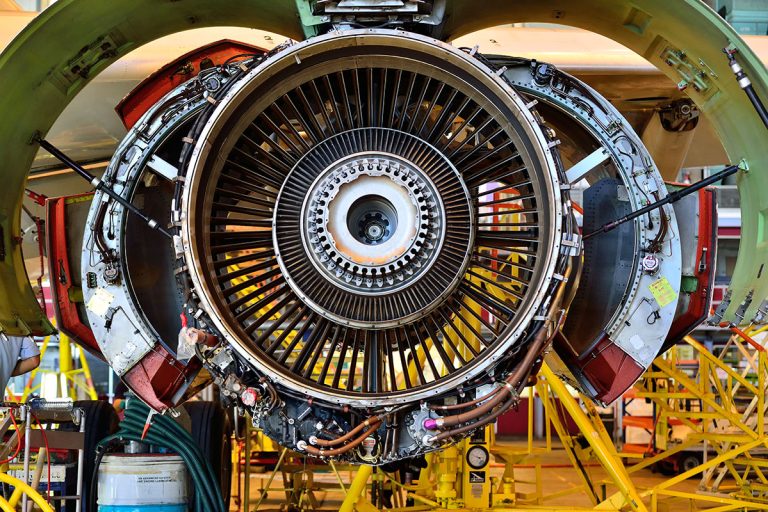Pioneering plasma research in the UAE
Ioannis Kourakis, Professor of Mathematics at Khalifa University.

A theoretical physicist by training and an applied mathematician by vocation, Professor of Mathematics Ioannis Kourakis was attracted to Khalifa University by its vibrant research environment, and has brought a passion for plasma physics and nonlinear science to Khalifa University’s space and planetary science research.
What sparked your interest in theoretical physics and applied mathematics?
Nonlinear science was the first big ‘romantic affair’ in my scientific life. The theory of solitary waves is a unifying theme across seemingly diverse areas, ranging from ocean dynamics and optics to telecommunications and molecular biology. I was led into this fascinating field by the late Stephanos Pnevmatikos and other pioneers. Ι pursued my PhD studies in Brussels, which was a hive of activity in nonlinearity and chaos theory. I was intrigued by plasma science and I embarked on a European Union Fusion Fellowship to explore the modelling of solitary waves in plasma for my doctoral studies. The field continues to inspire me to this day.
“Nothing beats the satisfaction of seeing the gratitude in students’ eyes, and witnessing their wisdom building over time.”
Ioannis Kourakis
Tell us about your work at Khalifa University
I have created my own research group, pioneering innovative plasma research in the United Arab Emirates. Also, as the theme leader for magnetospheric modelling at the Space and Planetary Science Group, I find Khalifa University offers a fertile space for new research ideas to flourish. I enjoy teaching at all levels and supervising students in senior projects. Nothing beats the satisfaction of seeing the gratitude in students’ eyes and witnessing their wisdom building over time.
Why is your research important?
It is often said that 99% of matter in the universe is in a plasma state. Plasma science is relevant not only in technology and the laboratory, but also in space: the aurora, as one example, is a captivating manifestation of the Earth’s magnetospheric plasma and its interaction with the solar wind. Nonlinear science is a goldmine of research inspiration that not only enriches mathematical techniques, but also finds applications spanning numerous fields. It is truly motivating to complete a study and then see the idea and its mathematical tools being picked up and seeded in a completely different field.
What are you working on now?
My current research aims to develop new techniques to analyze nonlinear plasma behaviour in various contexts. One project focuses on electrostatic solitary waves in space, and how their properties depend on plasma composition. In another project, we’re investigating the interaction between two plasma wave packets, like two waves in the sea, crossing through each other. We are interested in how these may act as a precursor to forming extremely large waves, known as ‘rogue’ or ‘freak’ waves, in plasma. The results of this research will have repercussions in other fields, such as optical telecommunications.
What recent research findings excite you most?
I’m fascinated by the possibility of large-amplitude freak waves in plasmas, which mimic the behaviour of oceanic surface waves, leading to abrupt extreme oscillations of electromagnetic fields. Such waves can affect terrestrial communications, for example, if they coincide with a geomagnetic storm. In another project with colleagues from the Indian Institute of Geomagnetism in Mumbai, we contributed to the detection and identification of electrostatic solitary waves near Mars, based on data from NASA’s MAVEN mission, the first mission dedicated to studying Mars’ upper atmosphere.
What are your plans for future research?
Expanding upon our framework for freak waves in plasmas, my group plans to explore the relevance of our theory for nonlinear plasma waves in fusion plasmas. The implementation of nuclear fusion as an affordable, future energy solution relies on harnessing plasma dynamics, and we hope to make a contribution.




